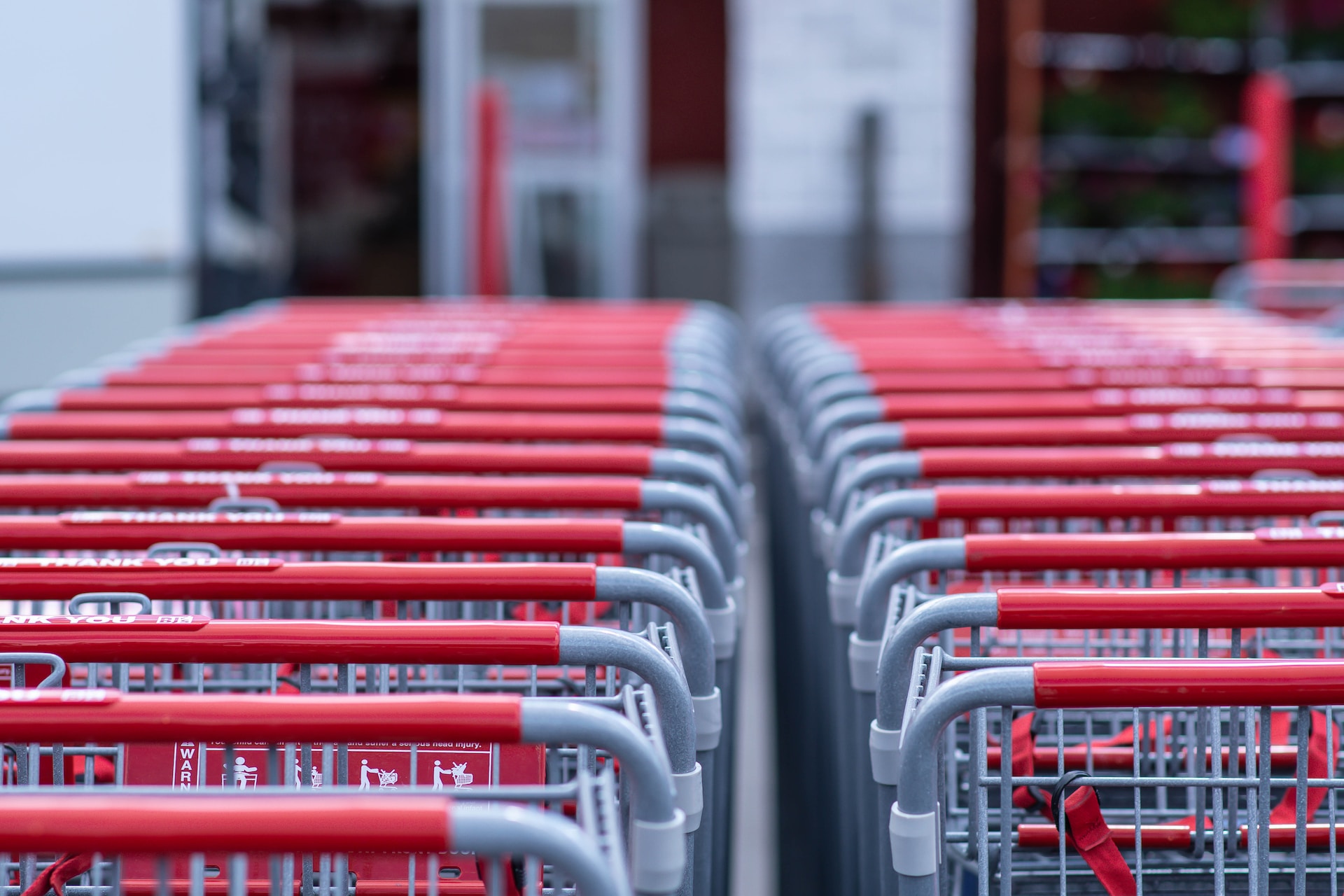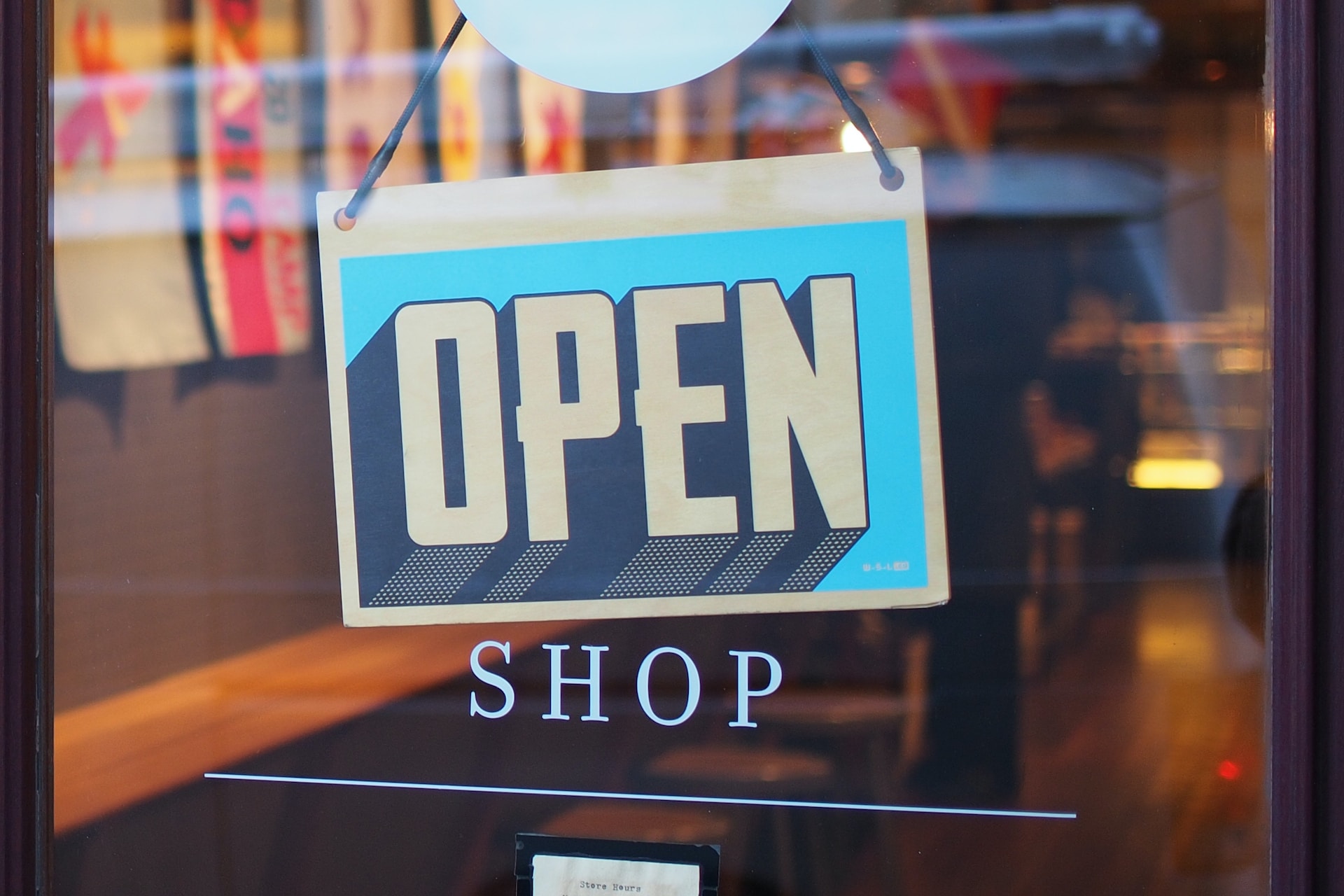In a nutshell:
- Busy shopping seasons present an opportunity for brands to meet shoppers' expectations and achieve remarkable returns on investment using AI and machine learning.
- AI chatbots can offer personalized assistance to shoppers, boosting sales and enhancing customer experiences.
- Personalized messaging based on AI and historical sales data can foster long-term customer relationships and boost lifetime value.
- AI-driven demand forecasting helps retailers effectively manage inventory and meet unpredictable consumer demand.
- Data-driven staffing strategies optimize staffing expenses and ensure a seamless shopping experience.
- AI-powered upsell and cross-sell strategies increase sales and customer loyalty.
In the holiday shopping season, there's a parade of ghosts, nutcrackers, and snowmen seen in stores. With it comes the anticipation of mega doses of family time and increased consumer spending. But in today's uncertain economic landscape (marked by rising inflation and lower customer purchasing power), households are becoming increasingly mindful of their spending habits. Shoppers are placing a premium on finding the perfect gifts for their loved ones — and turning to brands they trust for assistance.
Here's the exciting part: 80% of consumers desire personalization from retailers. Industry giants like Amazon and Google have normalized and elevated expectations in this regard. So now, shoppers expect personalized interactions with all retailers and welcome personalized offers that guide them toward the right products.
While a complete return to pre-pandemic levels may still be on the horizon, analysts suggest that retailers can expect to see holiday sales up from last year.
This year presents a golden opportunity for brands and the retail industry to meet shoppers where they are and achieve remarkable returns on investment using AI and machine learning. Given that the seasonal shopping seasons now kick off earlier than ever, the clock is already ticking! It's officially time to prepare for the busiest time of the year.
In this blog post, we explore the top five examples of how AI in retail can help you meet and exceed your sales goals — and delight shoppers along the way.
AI in Retail Example #1: Advanced AI chatbots to tailor conversations with your shoppers
What if you could offer your shoppers something much better than discounts on last year’s products — a virtual assistant on standby, ready to ease the stress associated with shopping?
For the most part, consumers are increasingly comfortable with brands using artificial intelligence (AI) to make their experience more personalized. Interestingly, a Forbes survey found that 65% of consumers trust businesses that use AI technology. This trust underscores the potential of AI when used responsibly and transparently to enhance customer experiences.
As we approach the first anniversary of ChatGPT's entrance into the market, it's the perfect time to leverage the magic of conversational, generative AI for your holiday shopping strategy. According to a study by Drift, 55% of businesses using chatbots experienced a boost in sales. But what sets some apart from the rest? The answer lies in advanced conversational AI, poised to take these interactions to the next level of personalization and fast issue resolution.
Explore our recent article on AI trends for our recommendations on leading chatbot tools that can elevate (and automate) your customer engagement and drive sales during this festive time.
AI in Retail Example #2: Personalized messaging to maximize customer lifetime value
According to a McKinsey study, 78 percent of consumers admit that personalized content makes them more likely to repurchase. Personalized messaging contributes to a cycle where each interaction generates valuable data for brands to craft more relevant experiences. The result? Long-term customer relationships that boost lifetime value. It’s not just about making a sale in the holiday season; it’s about fostering relationships and building customer loyalty.
So, how do you develop truly personalized messaging, especially during the holiday season? It begins with using AI and historical sales data to identify those customers predicted to be high-value lifetime customers. Then, you can allocate your marketing resources strategically and enhance return on ad spend (ROAS). Tools like Google Analytics can help reveal the demographics of key customer segments, while predictive analytics platforms like Pecan AI can pinpoint customers with the potential to have high lifetime value.
Once you've unlocked the potential of customer segmentation, the art of personalization begins, much like building a one-of-a-kind gingerbread house. But since it’s the age of AI, you can use your handy-dandy AI assistant to expertly architect the house — and then add icing, gumdrops, candy canes, and sprinkles to make it festive and unique (and delicious!).
Similarly (OK, we’re trying here), marketers can now use generative AI to build their targeted messages (gingerbread house), refine campaigns (icing), and sprinkle in personalized messaging (candy and more candy) across every touchpoint: email social media, ad banners, website content, mobile apps, and even direct mail and in-store experiences. Your customers will eat up your campaigns.
AI in Retail Example #3: Demand forecasting to ensure seasonal inventory stock
Worried about meeting unpredictable consumer demand during times of peak seasonal demand? Traditional forecasting methods often fall short for effective inventory management, especially for large retailers with extensive store networks. The reality is that customers continuously exhibit new shopping patterns, and demand varies significantly across regions and stores.
That's where AI-driven demand forecasting comes into play. With hyper-granular precision, it predicts demand at the level that suits your business, whether it's SKU, Store + SKU, or any other aggregation that aligns with your needs. This means you can quickly identify customers' desired products, plus where and how to stock them effectively over a given period.
For example, take a global fashion retailer that relies on trend capitalization and discount clothing, making it tricky to determine the proper inventory levels. Traditional forecasting left them grappling with overstocked inventory and frequent stockouts. However, with Pecan's detailed demand forecasts, they slashed overstock by up to 50% while achieving 10-25% additional sales due to fewer stockouts. Furthermore, Pecan's sales prediction model consistently delivered an impressive 80-95% precision rate.
With AI-driven predictions, retail leadership and their customers can meet their goal of staying ahead in the fast-paced retail world and its complex supply chain.
AI in Retail Example #4: Data-driven staffing strategies to meet seasonal demand
Retailers walk a fine line when it comes to staffing. Overstaffing can significantly drain resources, as labor costs typically represent a substantial portion of expenses. According to recent Bureau of Labor Statistics data, the average retail hourly wage stands at $18.90, rising to $24.67 when factoring in benefits. And that’s not even considering that some retailers have begun offering perks like sign-on bonuses and tuition assistance to attract workers amid a labor shortage that feels like a very long winter.
Maintaining the same staffing levels as the previous year can hinder agility in adapting to unpredictable demand and market trends. This is where data-driven strategies come into play, offering the flexibility needed to optimize staffing expenses.
So, how do retailers use data to refine their staffing strategies for the customer rush?
It begins with using AI to analyze past sales data, foot traffic patterns, and transaction records to identify peak shopping hours and moments requiring additional staff to help customers. Predictive models using machine learning algorithms then forecast future demand, accounting for historical trends and external factors. These insights empower retailers to anticipate customer surges and adjust staffing levels.
Customized staffing plans — guided by data — ensure that resources are allocated where needed, optimizing the customer experience and your cost efficiency.
AI in Retail Example #5: AI-powered upsell and cross-sell strategies that unlock more sales
Modern retailers have a secret weapon up their sleeves to crack the code on delivering the perfect gift, right when customers need it most: AI-powered upsell and cross-sell strategies.
In this case, AI-powered predictive analytics is like a sales assistant who knows your customers better than you do — but can let you in on your customers’ secret wishlist. AI can identify patterns most humans will miss by analyzing past purchases, browsing habits, and preferences. This way, upselling transforms into a science.
An e-commerce brand embraced AI-powered predictive analytics to decipher complex patterns in customer data. The result? A 71% increase in conversion rates and newfound groups of potential buyers.
Offering customers relevant product suggestions isn't just a sales tactic; it makes shopping more efficient. And in return, retail businesses reap the rewards: increased sales, strengthened customer loyalty, and the promise of repeat business.
Gain the AI advantage ahead of the rush
The retail landscape has changed faster than kids rushing to open a tower of presents, thanks to the integration of AI-powered strategies. And it’s not slowing down anytime soon. The use of AI in retail is predicted to increase from $5 billion to above $31 billion by 2028.
With pumpkin spice latte season in full swing — and peppermint latte season just around the corner — it’s time to prepare for the festivities. This year, retailers now have the tools to anticipate customer needs, curate cozy shopping experiences, and boost sales like never before. From demand forecasting to upsell/cross-sell predictions, AI will be this season’s best secret ingredient (besides marshmallows and a pinch of cinnamon in your peppermint latte).
Ready to learn how to make the most of the season by leveraging predictive analytics? Check out our retail whitepaper for more AI in retail examples and inspiration, or get a guided tour from our sales team to learn more.







